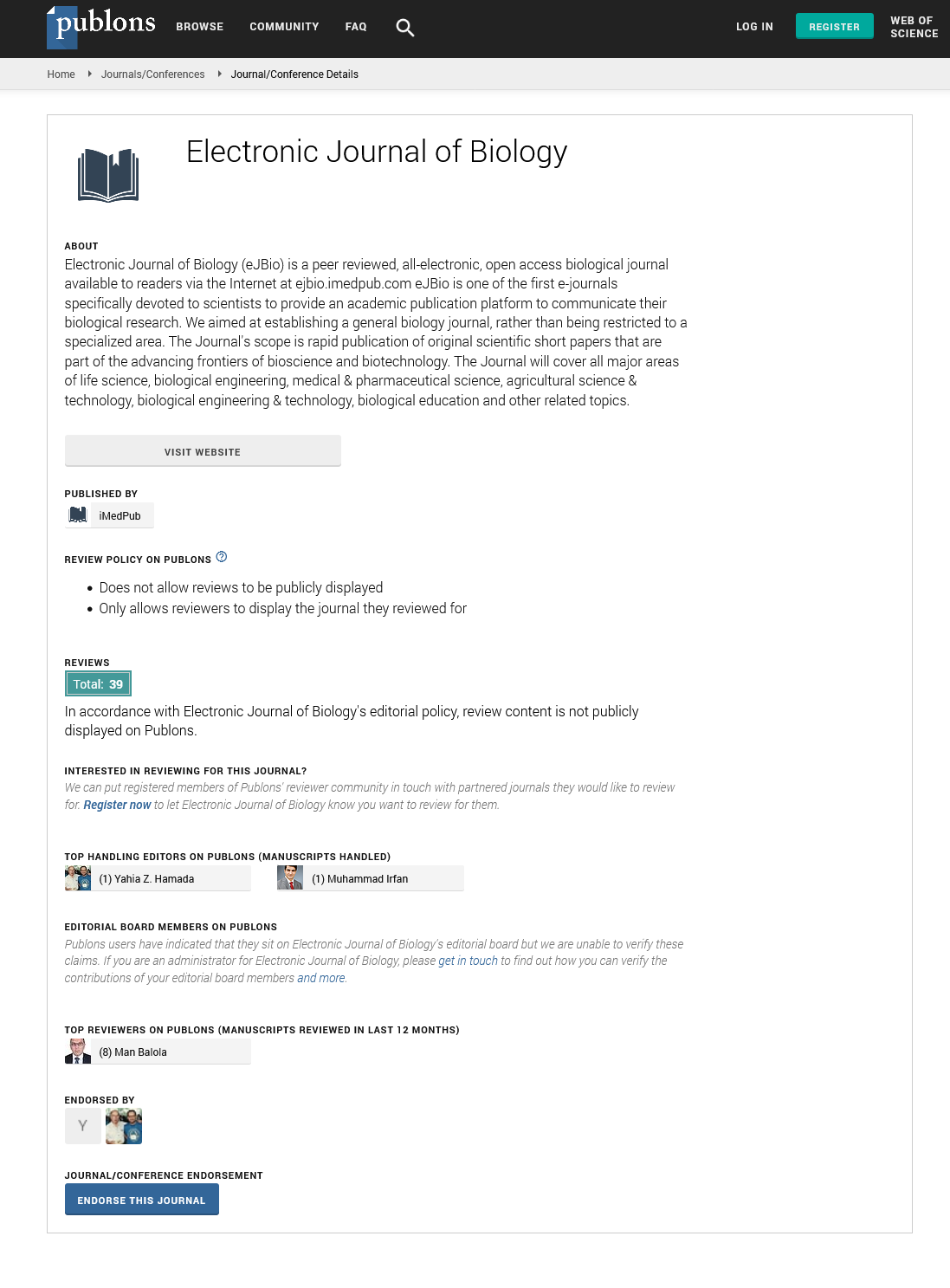Abstract
Pseudomonas aeruginosa IBBML1 Adaptation to High Concentrations of Hydrocarbons
The tolerance of Pseudomonas aeruginosa IBBML1 strain to 5-15% (v/v) pure or mixed saturated and monoaromatic hydrocarbons and the capacity of bacterial strain to use as single source of carbon 5%, 10% (v/v) pure or mixed saturated and monoaromatic hydrocarbons was different, according to the nature of the hydrophobic substrate, and also according to the hydrocarbons concentration. Benzene, toluene, ethylbenzene and cyclohexane, with the logarithm of the partition coefficient of hydrocarbons in octanol-water mixture (log POW) between 2.14 and 3.35, were more toxic for Pseudomonas aeruginosa IBBML1 cells, compared with n-hexane and n-hexadecane, with log POW 3.86 and 9.15, respectively. Pseudomonas aeruginosa IBBML1 presented high tolerance to the presence of mixture of saturated hydrocarbons in the liquid medium, but presented high sensitivity to the presence of mixture of monoaromatic hydrocarbons in the liquid medium. The adhesion of Pseudomonas aeruginosa IBBML1 cells to pure or mixed hydrocarbons depends on the substrate nature and the concentration of hydrophobic substrate, and also according to culture conditions, with values between 0.23% and 65.23%. Transmission electron microscopy, thin-layer chromatography and electrophoresis studies revealed the existence of significant cellular and molecular differences between the Pseudomonas aeruginosa IBBML1 cells grown in the absence of hydrocarbons (control) and the cells grown in the presence of saturated (except n-hexane) and monoaromatic (except ethylbenyene) hydrocarbons. Transmission electron microscopy revealed: wider periplasmic space, outer membrane lesions, cells shape modifications and wavy outer membrane. Thin-layer chromatography studies revealed changes in lipid phospholipid headgroups (elevated levels of phosphatidylglycerol or the absence of phosphatidylethanolamine, phosphatidylcholine, phosphatidylglycerol, and cardiolipin) and glycolipids (elevated level of rhamnolipid methyl ester or the absence of rhamnolipid methyl ester, rhamnolipid acid). Electrophoresis studies revealed strong induction of the synthesis of some proteins, while other proteins were synthesized in barely detectable quantities.
Author(s): Mihaela Marilena Lazaroaie
Abstract | Full-Text | PDF
Share this

Google scholar citation report
Citations : 5001
Electronic Journal of Biology received 5001 citations as per google scholar report
Electronic Journal of Biology peer review process verified at publons
Abstracted/Indexed in
- Google Scholar
- China National Knowledge Infrastructure (CNKI)
- CiteFactor
- Electronic Journals Library
- Zoological Records
- WorldCat
- Proquest Summons
- Publons
- MIAR
- Openaccessarticles.com
- Secret Search Engine Labs
Open Access Journals
- Aquaculture & Veterinary Science
- Chemistry & Chemical Sciences
- Clinical Sciences
- Engineering
- General Science
- Genetics & Molecular Biology
- Health Care & Nursing
- Immunology & Microbiology
- Materials Science
- Mathematics & Physics
- Medical Sciences
- Neurology & Psychiatry
- Oncology & Cancer Science
- Pharmaceutical Sciences


